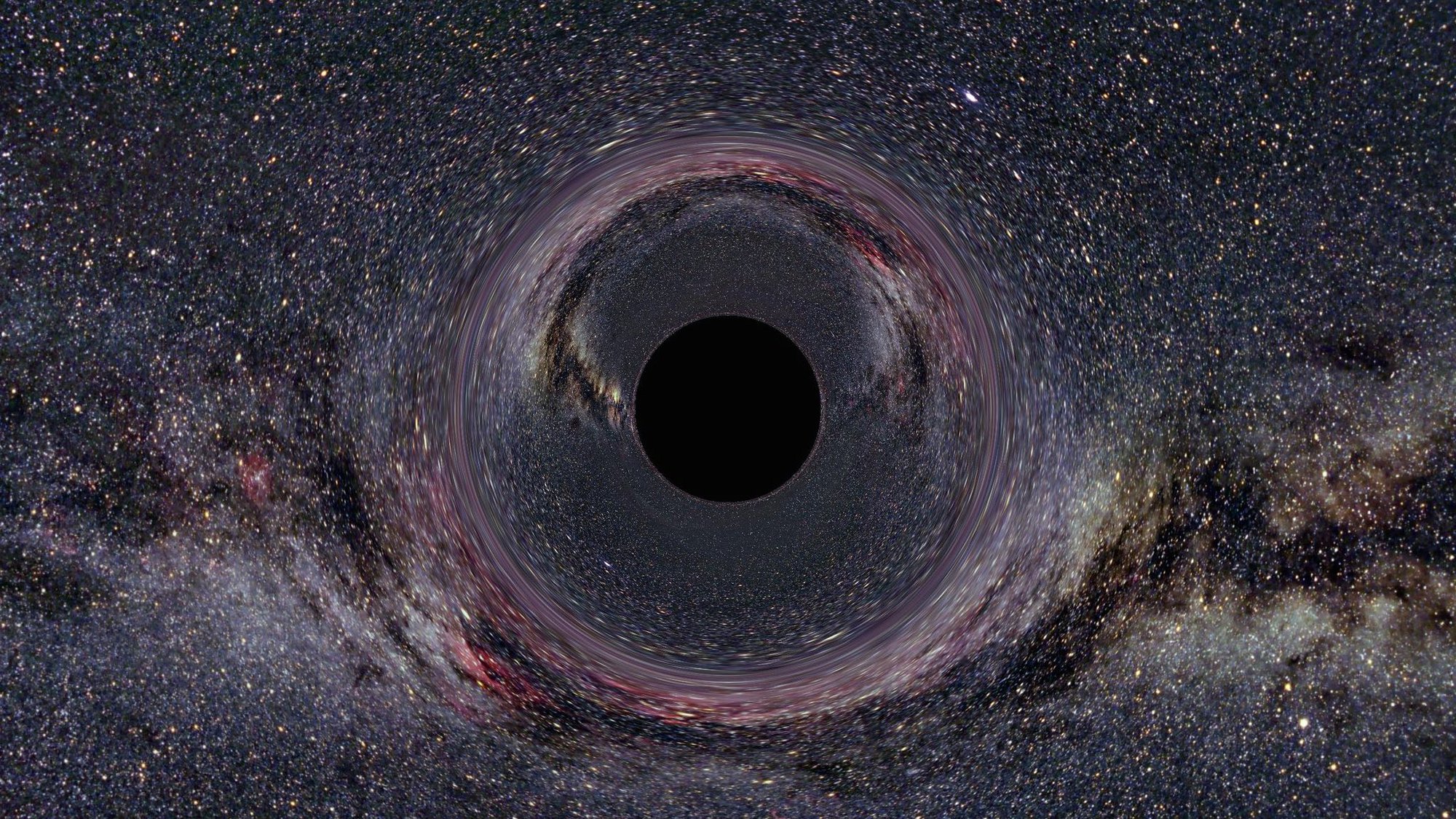A new image of a black hole has been captured by the Chandra X-Ray Observatory, and in it, we can see a rainbow of colors in the act of being sucked in. The black hole is the closest space object to Earth since even light is unable to escape its gravitational pull, but it is still impossible to understand this phenomenon.
Taking A Snapshot of The Infamous Black Hole
NASA’s Chandra X-ray Observatory has taken a new, sharper look at the supermassive black hole at the center of the Milky Way, resulting in a stunning new image of the event horizon—the boundary where even light can’t escape. This new view shows the time of passage of light as it interacts with the event horizon, as well as the curvature of the event horizon—or the shape of the black hole—and comes with a number of stunning surprises.
The black hole at the center of a galaxy may not be as black as previously thought. A new system of cameras was installed last year on the International Space Station, and it’s recently been turned on to capture images of the object. The Black Hole is very small, about 17 times the size of our Sun. It spins faster than the Sun and has a higher mass or the amount of matter it holds. The spin rate of the Black Hole, though, was not expected to deviate from the amount predicted by Einstein’s equations.
The Image was the Most Exciting
When black holes were first theorized, they were thought of as floating objects that collected everything that fell into them. But astronomers now know that black holes are actually objects that eat everything that falls into them, and they contain a wealth of information about the objects, stars, and galaxies that create them. Sometimes, the data that come from these black holes can tell us things like what the first stars and galaxies were like.
The new image of a black hole is almost certainly the most exciting, most important result of all the data gathered by the Event Horizon Telescope. But why is it so exciting? Because the image shows the first direct evidence of the black hole’s boundary. We have studied black holes since the time of Einstein, but we’ve never seen the horizon in a gravitational wave image. The key question is, why does the black hole’s boundary have a longer wavelength than its orbit? Unfortunately, this question has no ready answer, and we need to figure it out with more observations.
What Does This Image Reveal About Physics?
Every year, astronomers try to capture a glimpse of a black hole—an object so dense that light can’t escape it. Black holes are some of the most mysterious objects in the universe. They are so dense that even light cannot escape the gravitational pull of a black hole. People have long been fascinated by black holes, the point in a galaxy or a galaxy cluster that is so dense that nothing, not even light, can escape its gravity. These enigmatic objects are some of the most extreme objects we can observe in space, yet we know so little about them.
Astronomers have already captured and snapped the moment a black hole swallowed up a large star, but they recently took a more detailed look at the aftermath. The images, captured by the Event Horizon Telescope, show the “vortex” of gas and debris swirling around the black hole and that it is twisted and bent around the spaghettification that occurred almost instantly. The black hole is spinning rapidly and creating an extremely powerful magnetic field that is flinging the debris around at high speeds.
The Snapshot Significance
A new snapshot of a black hole has revealed it’s a freak of nature. In a recent study, scientists have taken the first-ever image of a black hole’s shadow. The image reveals the material that falls into the black hole, as well as its shadow, cast upon the event horizon. The image also offers proof that the black hole is not eating another object around it. The findings could have implications for our understanding of how black holes form and relate to supermassive black holes in the center of galaxies.
The science of black holes is one of the fascinating topics in modern science. Studying their effects on the surrounding space is a key part of the efforts to understand the nature of gravity. But this goal is difficult to achieve. To find answers, we need to understand the physical processes that take place inside a black hole. Physicists have been trying to explain this process for years, but no one has been able to agree on the exact way it works.
